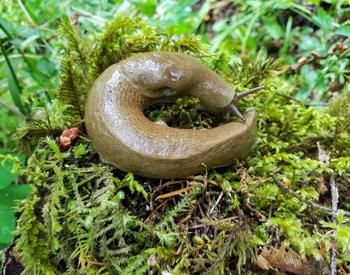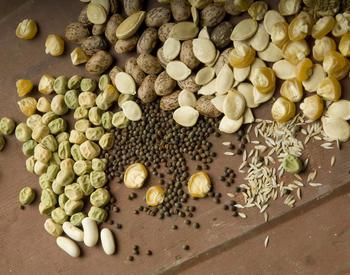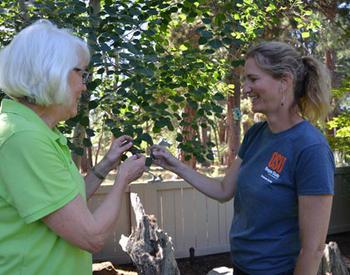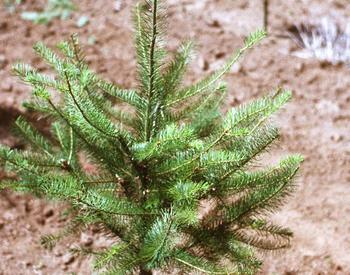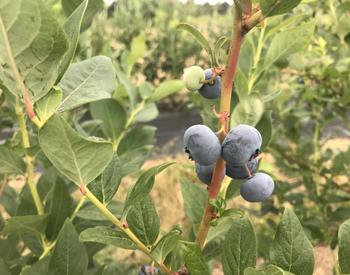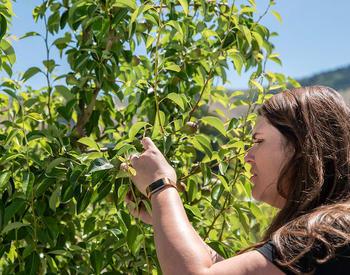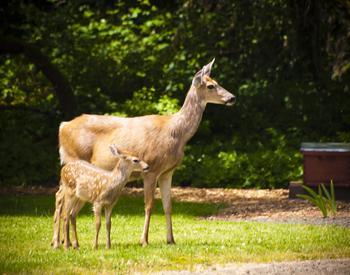Fertilizers and other soil amendments can present a puzzle to gardeners. Here's what you need to know to feed your soil and grow healthy plants.
Getting started
- Get a soil test. Find out your soil's pH and follow any recommendations from the testing lab.
- Calculate the square footage of your garden. Multiply length by width.
- Use the soil recommendations and your square footage to decide what type of fertilizer is required and how much you need for your area.
- Decide what fertilizer you need for what you want to grow. Buy enough fertilizer to treat the area.
- Read the bag or bottle thoroughly before applying fertilizer. Apply at recommended rates or less; do not use more.
Nitrogen
This helps a plant put on lush, green growth and helps break down organic matter in compost. Plants that lack nitrogen grow slowly, with small leaves and little top growth. Some things to know about nitrogen:
- Sources of nitrogen include fish or crab meal, cottonseed meal, feather meal, soybean meal, blood meal, ammonium/urea and manures such as bat guano, as well as many cover crops.
- Apply only what you need. Lawns like a lot of nitrogen to perform well, but run-off from nitrogen can harm many of our watersheds. Avoid using large amounts that are washed away with rain or irrigation. Too much nitrogen can overstimulate a plant, particularly if it is not well-established or rooted.
- Nitrogen is best in slow-release forms. Add it to soil prior to planting so the plant can use it as it needs it.
Phosphorus
Phosphorus helps the plant’s overall reproductive system, its flower and fruiting capability and its tissue strength. Slow growth, stunted leaves and defoliation, scorching and disfigured leaves all indicate you have a deficiency in phosphorus. Other phosphorus facts:
- Phosphorus has low mobility in plants, so it is particularly slow to react when fertilizing. This makes it good to build into soils, and not necessarily apply as fertilizer to plants.
- Fish meal, bat/seabird guano, bone meal, alfalfa meal and phosphates all supply this key ingredient.
Potassium
This nutrient helps the plant's immune system and rooting abilities.
- In general, soils don't need potassium in as high numbers as other fertilizers. Potassium is usually available in small amounts with nitrogen and phosphorus in other balanced fertilizers.
- Good sources of potassium are kelp meal, greensand, guanos and nitrate, phosphate, chloride, and sulfate potassium.
All the others
Calcium, magnesium, sulfur, iron, manganese, boron, zinc, copper, molybdenum and chlorine are necessary in small amounts and affect a wide variety of crops in different ways. Plants low in these elements usually show signs of chlorosis, a yellowing of leaves with veins green and margins scorching.
- Iron is often deficient in Northwest plants due to our pH levels, which make uptake of iron more difficult. Apply lime to bring pH between 5.0 and 6.5 and add chelated iron. This will often bring good results in chlorotic plants.
- Heavy metals found in many of these nutrients can last indefinitely in soils and contaminate wells. Apply small amounts to root areas and watch for slow results in the plant before applying more.
- Look for balanced fertilizers with trace minerals. Use oyster shell, azomite, bone meal and gypsum as well as products with chelated iron such as Iron-Safe.
When and where
- Whenever possible, amend with the correct fertilizers prior to planting so you build a rich and varied diet for your plants directly into your soil.
- Use slow-releasing organic amendments that break down incrementally and feed the plant as it needs it, rather than all at once.
- Use chemical lawn and shrub fertilizers sparingly and for emergencies, but recognize that this is a “cup of coffee” not a “healthy breakfast” for plants.
- Top-dress plants with organic fertilizers and compost in the root zone in February–March and again in August–September. The first application should be higher in nitrogen, which boosts top growth at a time plants are putting on new shoots. The second should be higher in the last categories as the crops are producing fruit, hardening off wood and producing root growth as fall approaches. Efficient fertilizing works in harmony with plant growth cycles.
- Lawns can be fertilized three times a year. Fertilize lightly at Valentine’s Day, Memorial Day and Labor Day. This will encourage moderate growth, minimize runoff and feed the soil during peak demand times. Aerate before the first dose, thatch before the second and apply any weed control before the last to maximize your use of fertilizers in these larger areas.
A little secret
Mycorrhizae work! These tiny fungi attach to roots and make your water and fertilizer get where it is going better and faster. Add these products directly to the root zone of the plant in powder or liquid form. They enhance the performance of organic fertilizers, minimize transplant shock and stress, and support a strong soil ecosystem.
More is not better
It's better to add small amounts frequently than too much all at once!


